Solar power is a booming industry, with a lot of people buying solar panels for their homes. Solar generation is important to the industry because it provides an accurate way to measure how much power is being drawn from the sun.
It also helps guides people in deciding how much they should spend on solar panels for their homes, and it's one of the cheapest ways to generate electricity.
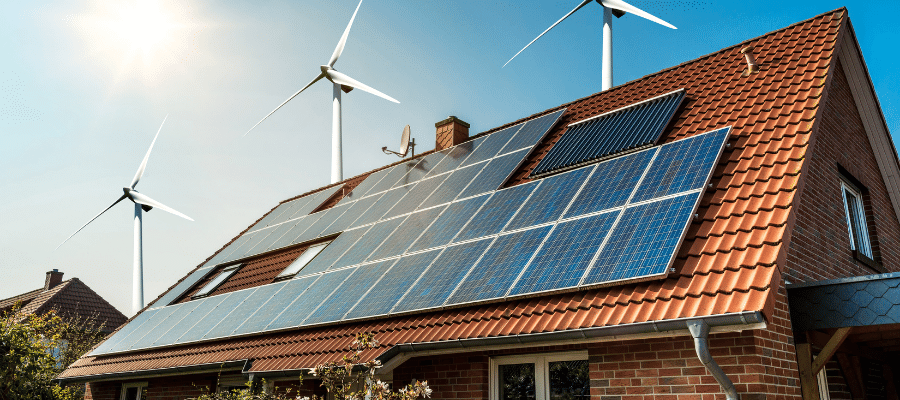
What is solar generation?
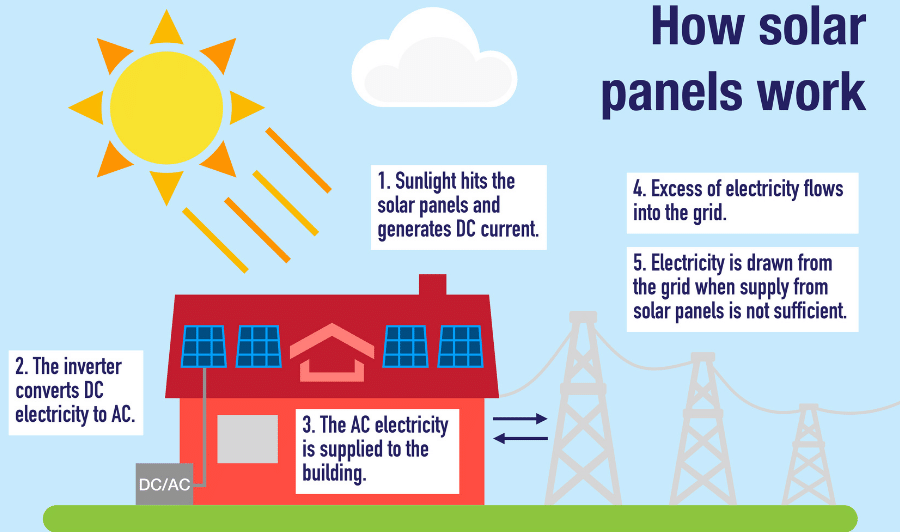
To put it simply, solar generation is the amount of power that a solar panel generates. It's measured in watts and kilowatts. The higher these numbers are, the bigger and more powerful the panel will be, and this can fuel your electric power.
How does solar generation work?
Solar panels generate electricity with two different methods:
1. Direct current (DC): This type of current is like a flat stream of water flowing downhill. It can't be changed to become AC (alternating current).
2. Alternating current (AC): This type of current is like a flat stream of water flowing uphill. It can be changed to DC.The most common way to put these two types of streams together is to have a power inverter, which is a device that changes streams from one type to the other. Generally, a solar panel works with direct current, which means it generates electricity at a higher voltage.
3. Solar panel systems: When homeowners first start to think about installing solar panels, they usually want to know the best way to go about it. There are two types of systems homeowners can choose from.
4. Grid-tied system: These systems interact with the power grid. This means that power can flow in both directions. The primary advantage to this system is that it allows the homeowner to take advantage of things like net metering or time-of-use billing.
Benefits of Solar energy
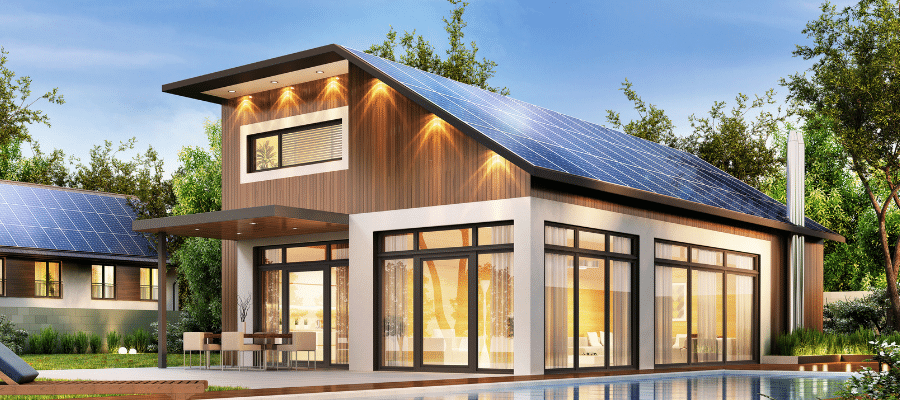
The benefits of solar energy are many:
The cost of solar energy is one of the lowest it's ever been. This is especially important to homeowners and small businesses because it allows them to generate their own energy without having to pay large payments for energy or utility bills.
You can run appliances and electronics off of the generated power without having to hook them up to a power outlet, which means you can use any electrical devices during the day and turn them off at night. This makes it easy for consumers to be environmentally conscious.
Differently than fossil fuel energy, solar energy is a sustainable resource that will never run out. It also doesn't emit any harmful greenhouse gases, or toxic byproducts. Fossil fuels are the primary reason for greenhouse gas emissions and global warming - a major problem everyone should be concerned about.
Solar energy is environmentally friendly because it doesn't require raw materials that can be grown or harvested from the earth. The equipment used to manufacture solar panels is also made from recyclable materials.
Why Solar is growing in United States?
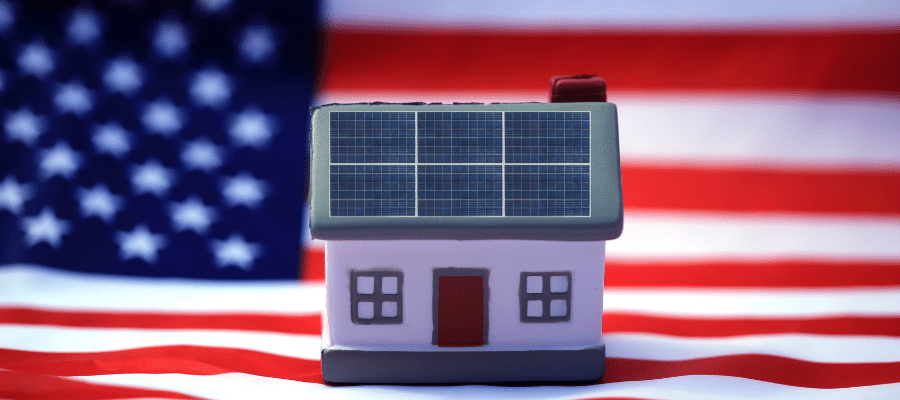
There are many reasons why solar power is growing in the United States:
The federal government has come out in support of solar energy. This includes things like tax credits, grants and rebates. The government is helping to make it possible for homeowners to install solar panels on their homes, which makes it easy for homeowners to go solar.
Homeowners are also seeing the benefits of going solar.
The amount of solar energy a solar panel can generate depends on a lot of different factors. These include:
The angle of the sun - The further south you are located, the more you'll have to have your panels pointed south to take full advantage of sunlight. The North Pole is about 7 straight hours ahead of the equator. Sunlight also sets between the poles at different times, which means that locations along those lines will have still receive light from the morning or night sky depending on their location.
Weather - Power generation is also affected by weather. Things like clouds can block sunlight, which will, in turn, lower the amount of electricity generated.
The larger the solar panel is, the higher its output will be. This is because larger panels are made from more solar cells, which are used to capture more light. This also makes sense because a smaller panel will get less sunlight than a larger panel will.
On average, the panel on your roof should be able to produce between 350 and 800 watts of power.
Electric generation is measured in kilowatts, which means the smaller your solar panel is, the less power it will generate.
Solar Panels
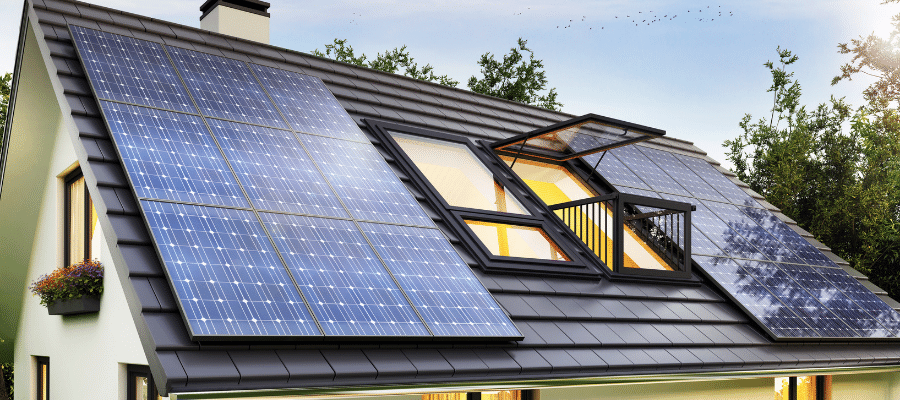
Solar panels are normally mounted on the roof of a home. The panels capture sunlight and convert it into energy, which is used for things like powering appliances, electronics and other items in the home.
There are three different types of panel systems:
1- Grid-tied system - These systems interact with the power grid. This means that electricity can flow in both directions. The primary advantage to this system is that it allows the homeowner to take advantage of things like net metering or time-of-use billing.
2- Off-grid system - These systems don't interact with the power grid. They use batteries that are charged either during the day or when excess energy is available from the power grid. A home's buildings will normally be powered from the solar panels, while things like water heaters, refrigerators and stoves will draw from the battery instead of the power grid.
3- Hybrid system - These systems combine off-grid and grid-tied systems into a single package.
Photovoltaic pv panel
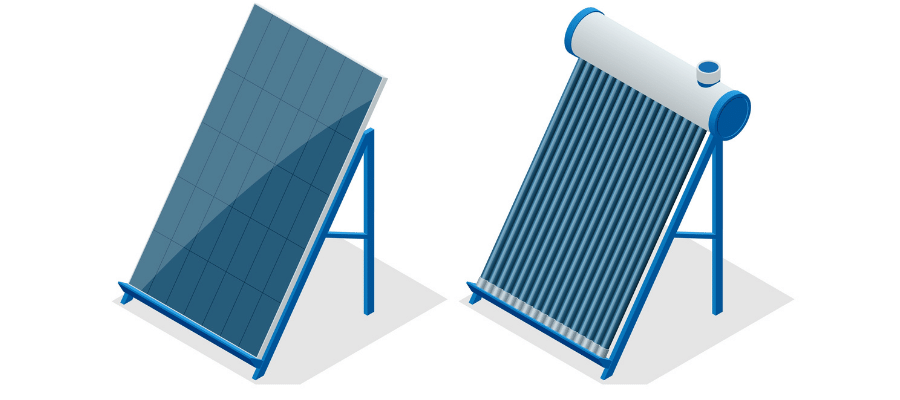
A photovoltaic panel is a piece of equipment that produces electricity from sunlight. The panel comprises a number of solar cells, each one made from silicon which is corrosion resistant and lightweight, along with a layer of transparent material called a glass. The device captures light particles, which are smaller than electrons, and turns them into an electric current. This current can then be used to power electronic devices in the home or fed directly into the grid.
All of these energy systems are powerful because they are connected to the power grid. They are connected to the grid connected through a meter, which gives the homeowner access to their energy production during peak usage times.
Thanks to solar technology , homeowners are able to generate their own energy, which the government is requiring in order to help lower energy costs.
Is solar affordable?
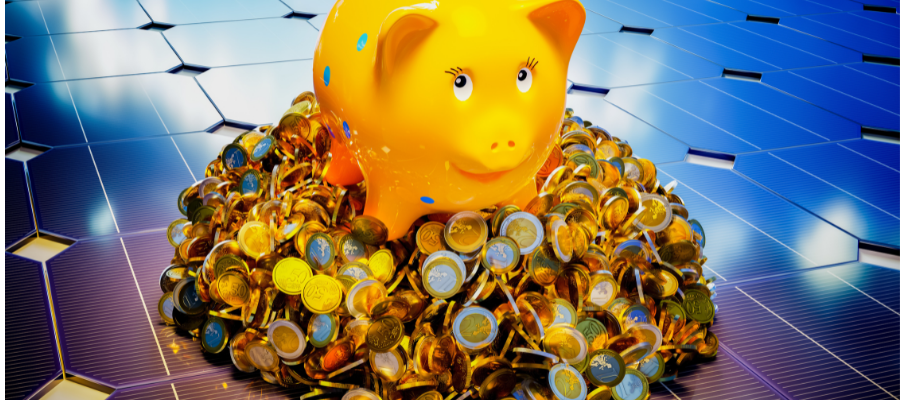
Yes , solar energy is affordable for most homeowners. A majority of the capital needed to install solar panels on a home is pulled from a bank or a credit union.
With the federal government backing loans for solar, interest rates are very low. The cost of equipment has also come down because of heavy competition in the market. The average homeowner can purchase an entire solar installation for less than $15,000. This includes things like installation or any other fees that might be charged by an outside company, along with the cost of the panels themselves.
Your electric bill is going to change when you go solar. Over a 25-year period, an average home in the United States will see a return of over $100,000 in savings. This is actually a conservative estimate because it doesn't take into consideration the environmental benefits of going solar. If this were part of the equation, actual savings would be closer to over $200,000 over the lifetime of the panels.
The average homeowner with a grid-tied system can see their electricity bill drop by up to 50% every month.
If you want to go solar, you can get a free consultation to see what the process looks like. Because you're entering into a long-term contract, it's important that you take your time to consider all of the benefits and drawbacks before making any final decision.
Go Solar with Smart Energy USA
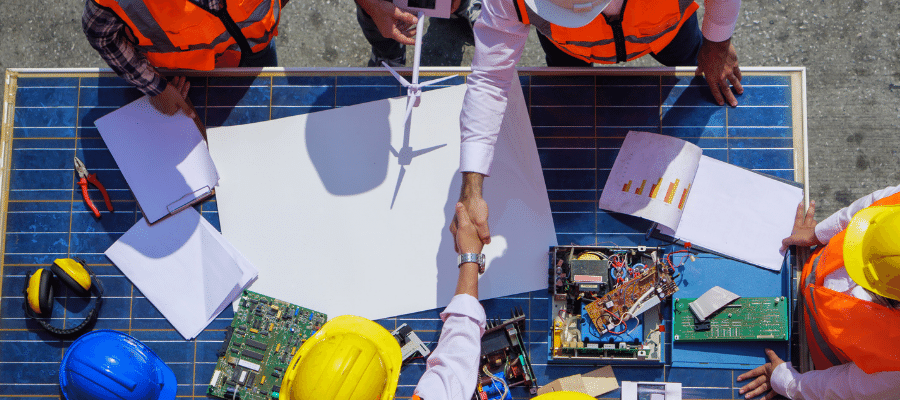
Smart Energy USA is a great example of a solar company that is working with the government to help homeowners become more environmentally friendly. They have a unique product that can be installed into a home's attic. These products are fully automated, which allows them to take full advantage of the power grid without any major work from the homeowner.
Solar energy can provide an average family with all of the energy they'll need for decades. It's also an environmentally-friendly way for homeowners to reduce their carbon footprint and save money on utility bills at the same time.
Frequently Asked Questions
How much power can a solar panel produce?
An individual solar panel produces between 350 watts and 800 watts of power. The power that a panel generates is based on how thick the panel is. A thicker panel will be able to produce more electricity than the same-sized thinner panel.

